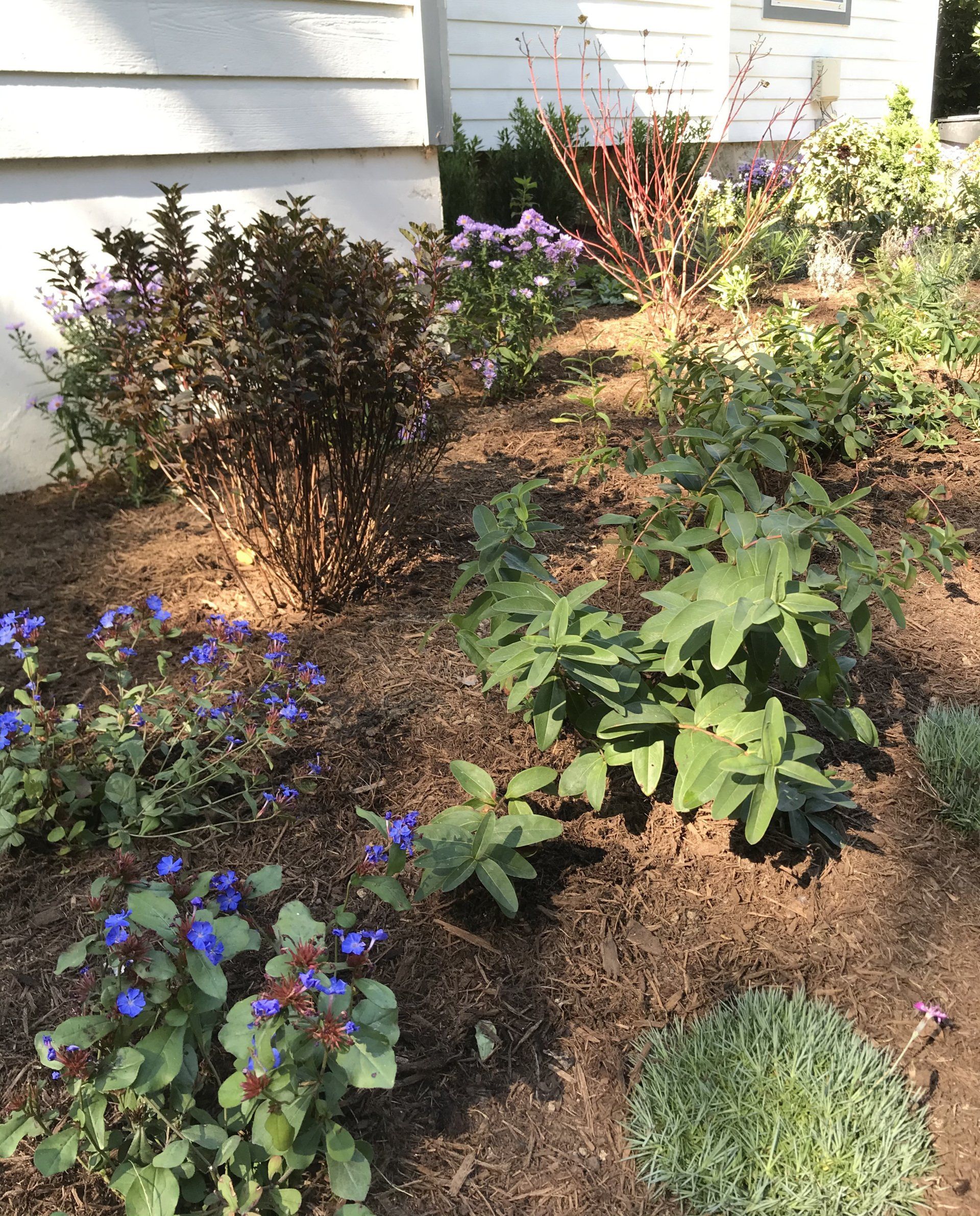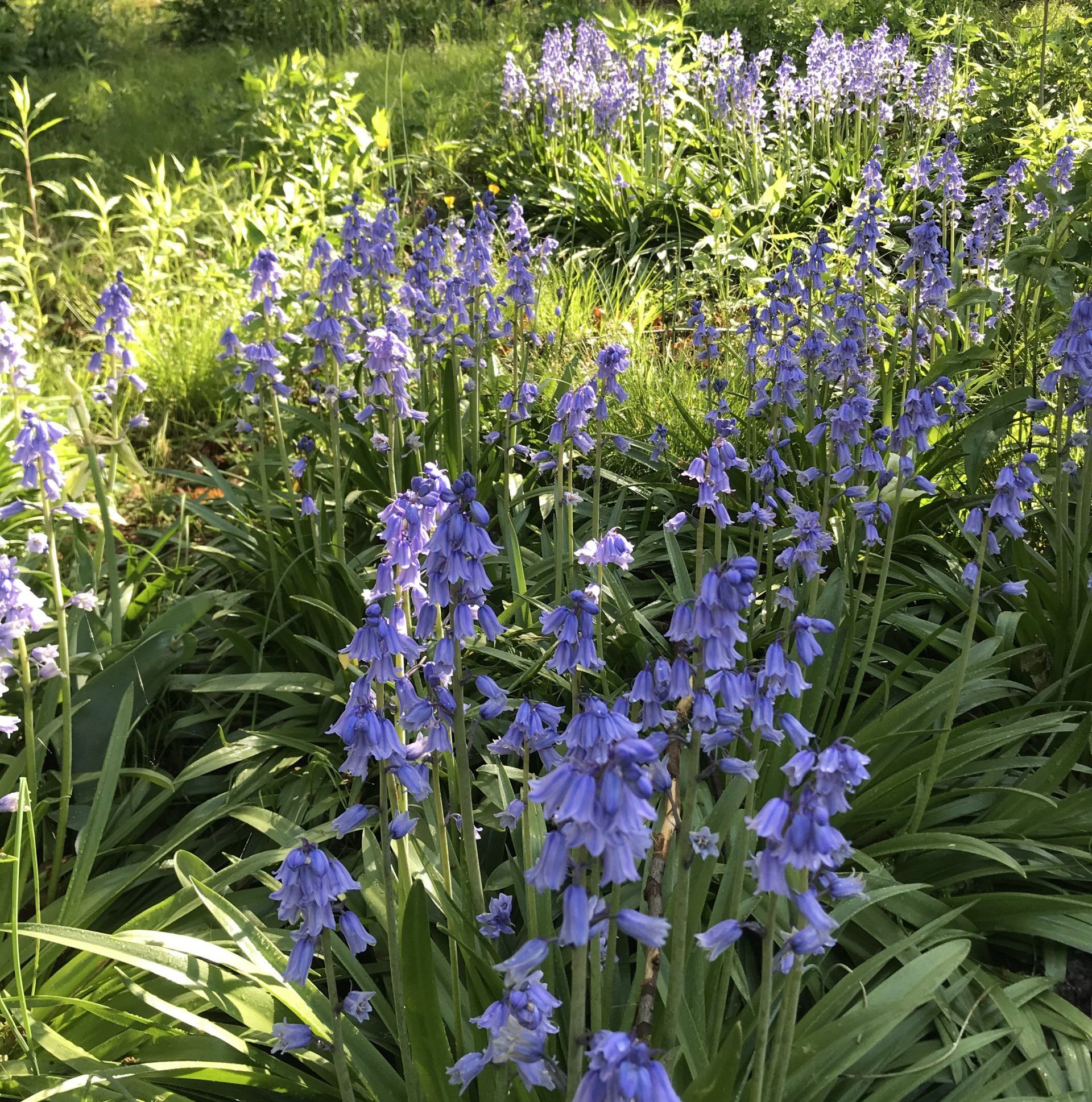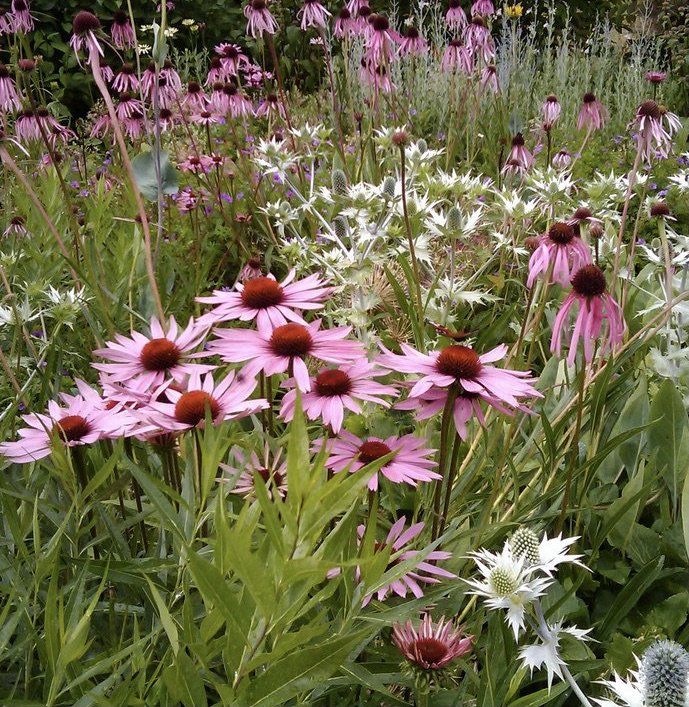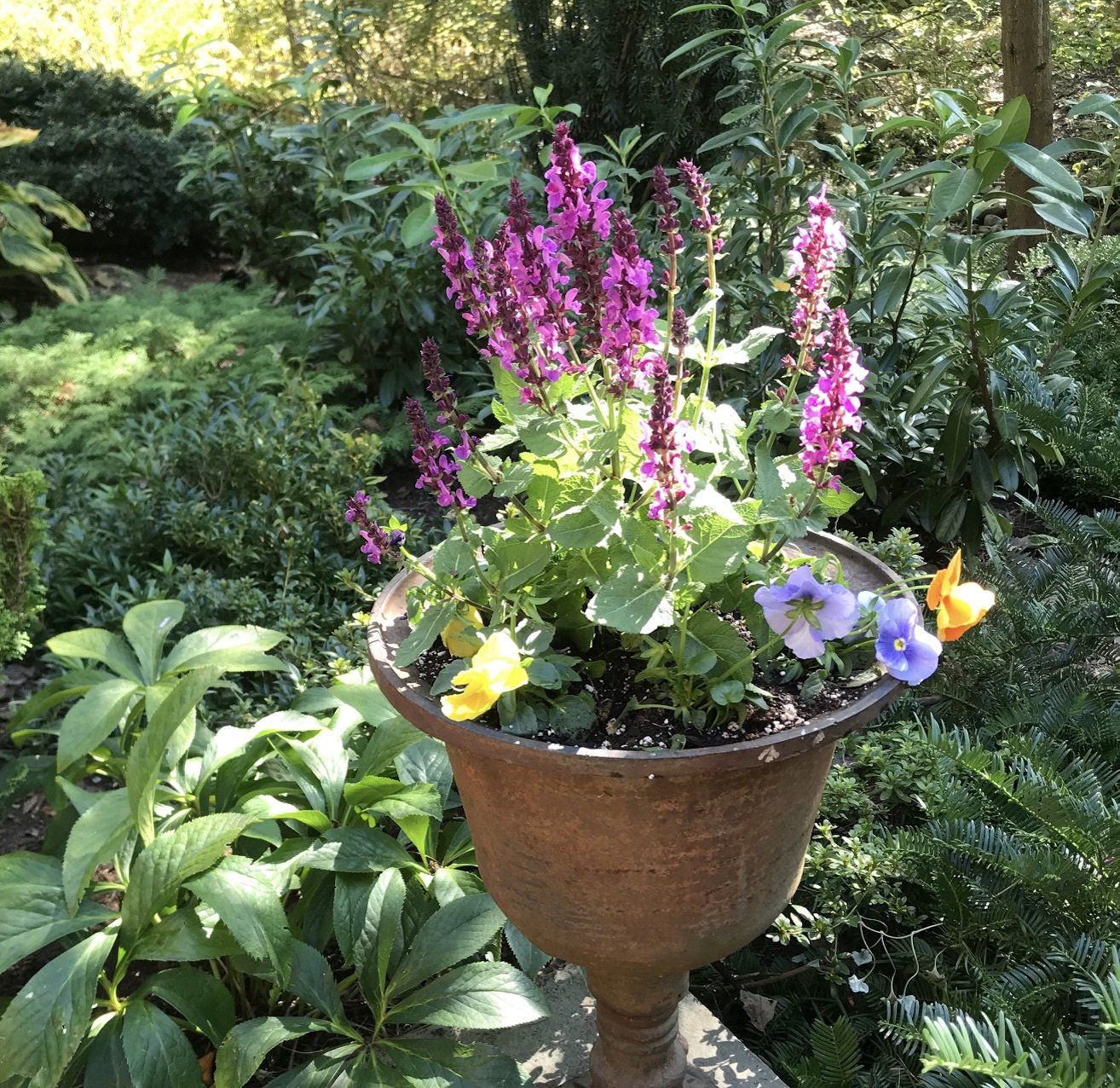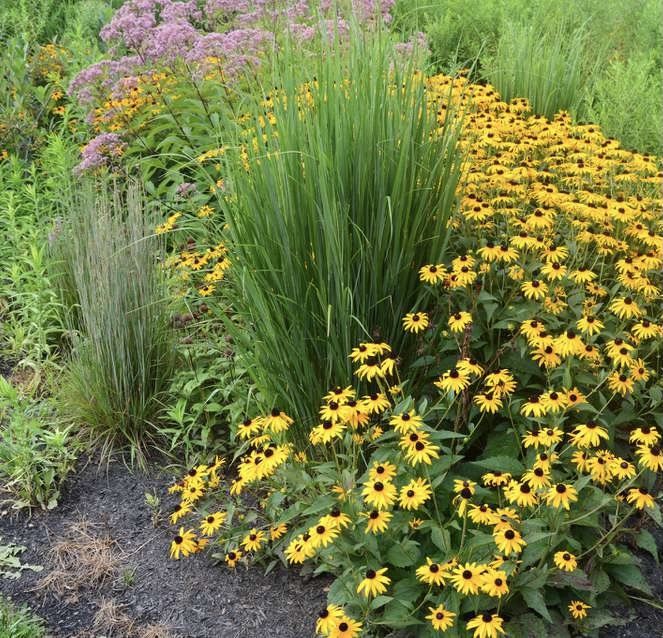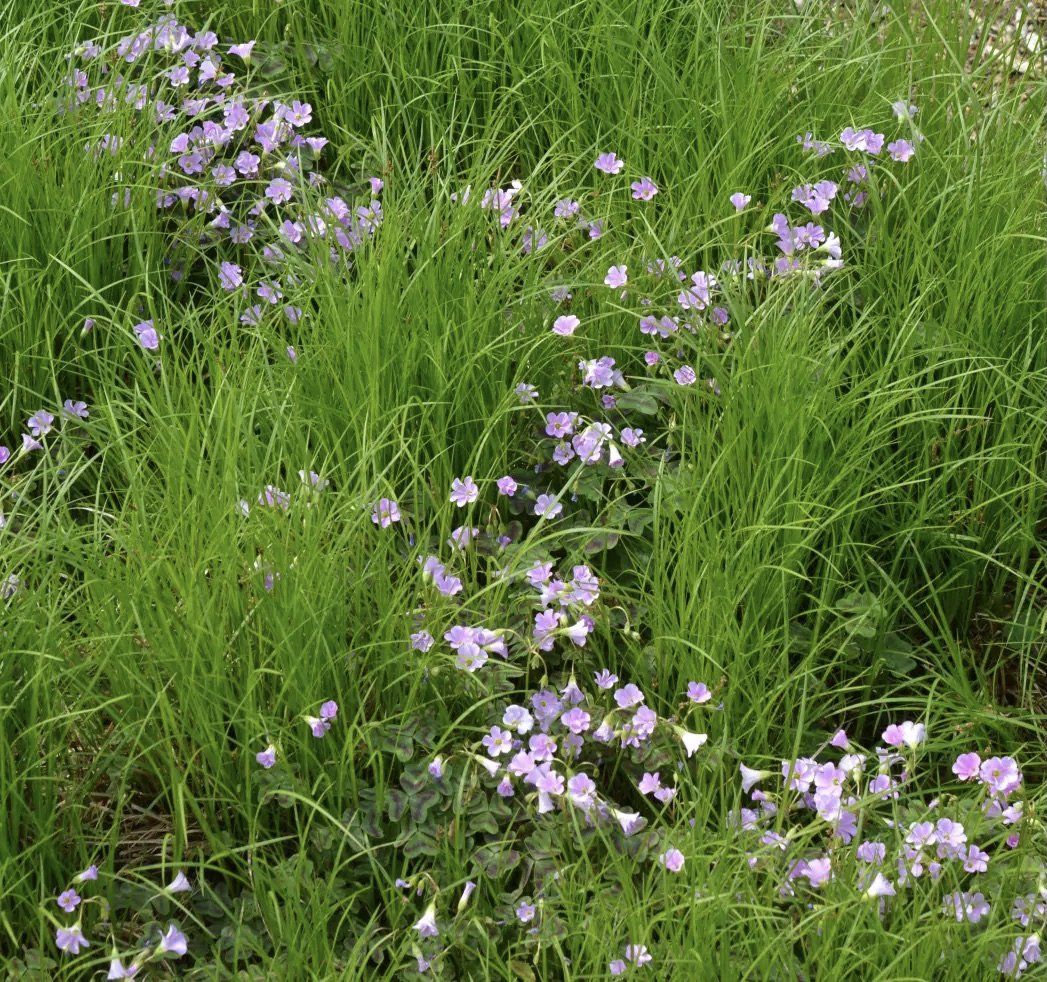gardens
• • •
There is a wide variety of garden choices available, and, ultimately each garden is unique.
Here are some examples for you to explore and to prompt your imagination.
Combination Garden
A mix of small trees, shrubs and perennials installed in one garden. We strive for 60% native plantings.
Benefits: Screening and boarder effect, bird and pollinator habitat, medium maintenance, reduced turf, some increased shade and screening, a combination of heights, colors, and textures
Woodland/Shade Garden
Plantings that thrive in shady areas and consist of mixed perennials. We strive for 50% Native plants.
Benefits: Bird habitat, protection for tree trunks and roots, provide beauty in underutilized areas, reduced turf, reduce soil erosion, restores woodland understory.
Pollinator Garden
Plantings that consist of mixed perennials and grasses. We strive for 60% native plantings.
Benefits: Optimal color and texture, optimal pollinator attraction and habitat, cut flowers, limited height, reduced turf, better storm water retention than turf, border effect
Container Garden
Plantings installed in containers of all types and may consist of perennials, annuals, vegetables, small shrubs and trees.
Benefits: Provide food for pollinating insects, provide food and beauty for humans in small spaces and urban environments, gardens are mobile and easily changeable, having pets limits feasibility and safety of in ground garden plantings
Rain Garden
Basin created in the landscape that collects rain water from a roof, driveway or street and allows it to soak into the ground.
Benefits: Collects standing or flowing storm water, bird and pollinator habitat, blends beauty with function, reduces water pollution, part of a comprehensive storm water management system. We strive for 60% native plants.
Lawn Alternative
Low growing and/or speading perennial evergreen plantings that are installed in place of conventional turf lawn.
Benefits: Reduce need for lawn services, lower maintenance costs, reduce damage to trees and shrubs, reduce the use of dangerous chemicals, better storm water retention and beauty than turf. We strive for 60% native plantings.

